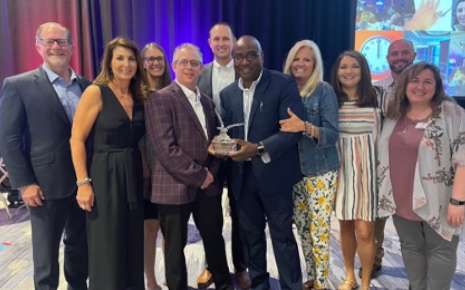Convergent Nonprofit Solutions has successfully completed nonprofit fundraising campaigns throughout the country by focusing on outcomes, not outputs. These are two distinct concepts used to measure and communicate the impact of their programs and activities, outputs and outcomes.
Outputs are tangible activities such as the number of classes held, people housed, or children tutored, and they are usually fairly easy to count. Outcomes are the benefits that occur as a result of those outputs. For example, more classes held could result in the outcome of more people entering the workforce and filling open jobs. One good way to think about this is to consider that an output may impact only the individuals directly participating in it. An outcome may impact a much larger group of stakeholders because of the ripple effect.
Why Nonprofits Should Communicate Outcomes
'Communicating outputs is a good start and can be done regularly, but for fundraising purposes, investors want to see outcomes,' said Tom Ralser, Convergent Nonprofit Solutions Principal.
It is necessary to quantify outputs internally and with potential donors. But, donors won't 'invest' at their highest capacity if they don't understand the outcome and how it will benefit them. 'Ultimately, communicating outcomes helps nonprofits to raise more money because it personalizes what the organization is doing,' said Ralser.
Hereâs an example of why this works. If a Boys & Girls Club offers after-school tutoring and mentorship for at-risk high school students, people may donate if they personally feel connected to this demographic or have a passion for helping. However, suppose that same Boys & Girls Club can demonstrate that the outcome of these programs will be students graduating and entering the workforce, contributing to the tax base, and a reduction in crime. In that case, people who never felt connected to the Boys & Girls Club's mission may feel compelled to invest because the program expansion addresses issues they care about.
How to Communicate Fundraising Outcomes
Remember that outputs are a program's immediate and measurable results, while outcomes result from those efforts. It sounds simple, but it's not. At Convergent, we help nonprofit leaders identify the outcomes investors care about and determine the best ways to communicate their success.
Here's another example. The output could be a YMCA offering 100 personal training sessions a month. The outcome could be that 90% of participants exercise and eat a healthier diet, reducing health issues across the community and employees missing fewer days from work.
When to Communicate Outcomes
Nonprofits should have a schedule in place to communicate outcomes. At Convergent, we recommend establishing a campaign website where information can be shared on a regular basis. This way, investors can check on the status of a campaign and what outcomes are being achieved at their convenience.
We also recommend sending a quarterly e-newsletter. The newsletter can highlight outputs since outcomes can take time to materialize. When there are outcomes to report, feature them prominently.
Annual events can also be an excellent way to continue engaging investors. At these events, share specific outcome examples using a combination of data-driven results and testimonials.
Uncover the Outcomes Your Investors Care About
Convergent Nonprofit Solutions can help you uncover the outcomes your investors care about. Contact us for information on conducting a feasibility study today.







